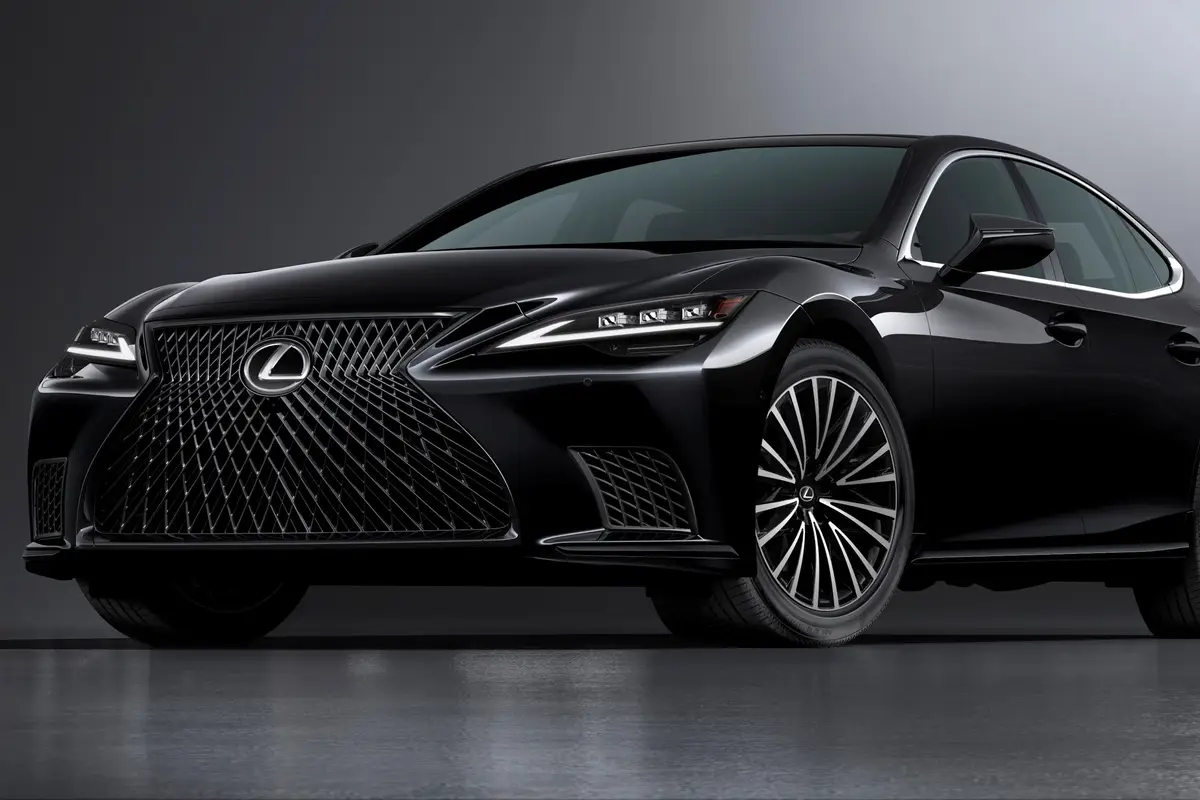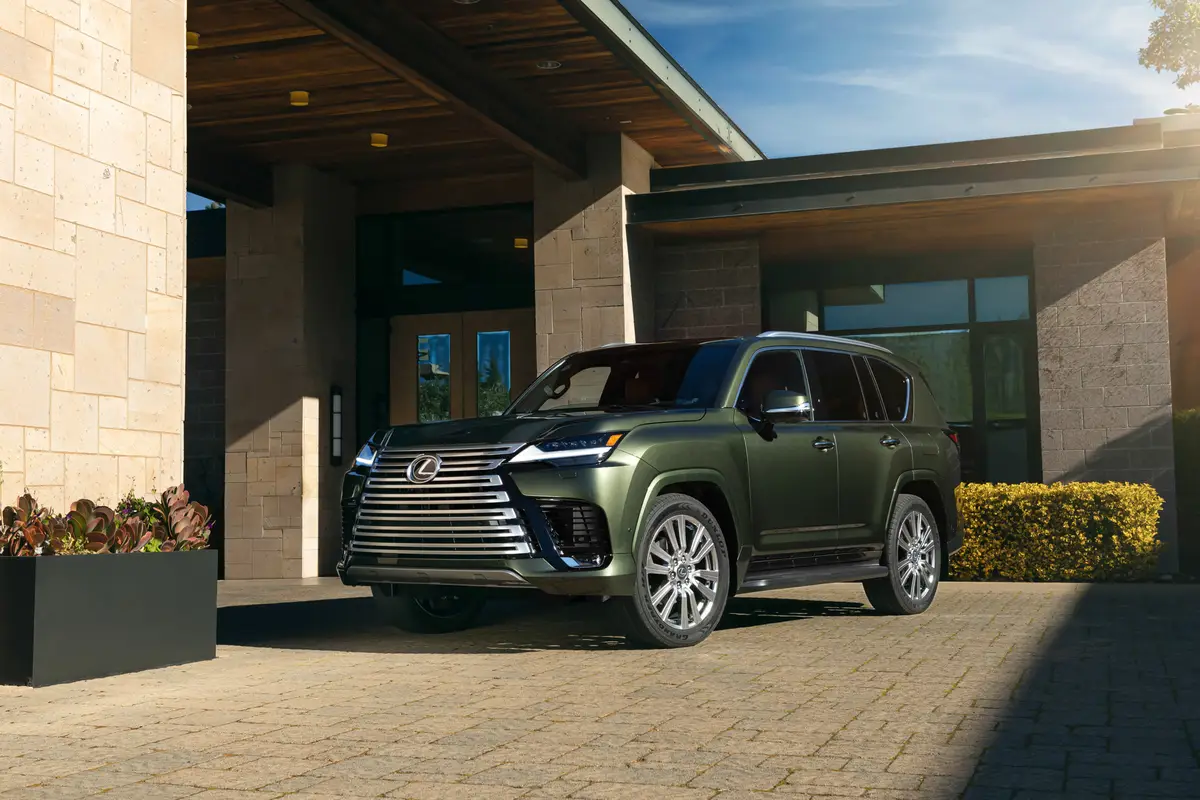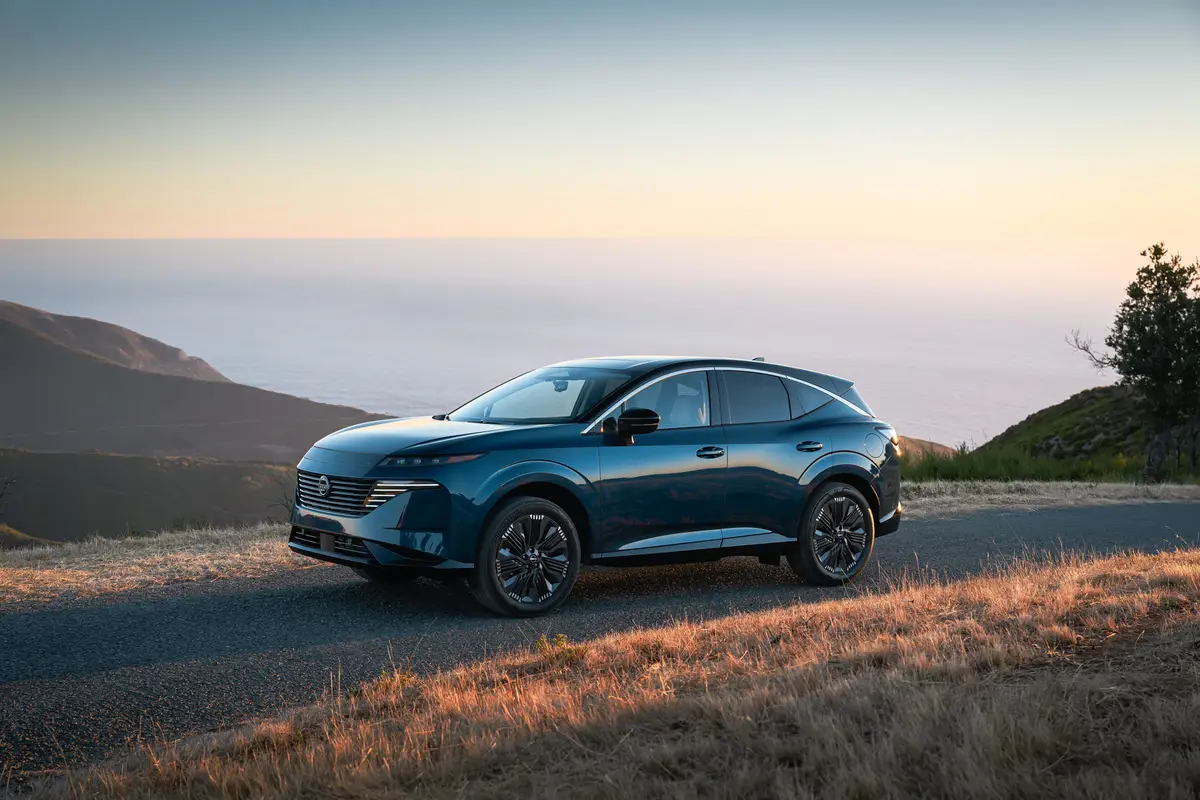2018 Toyota Avalon Review: Wait Till Next Year

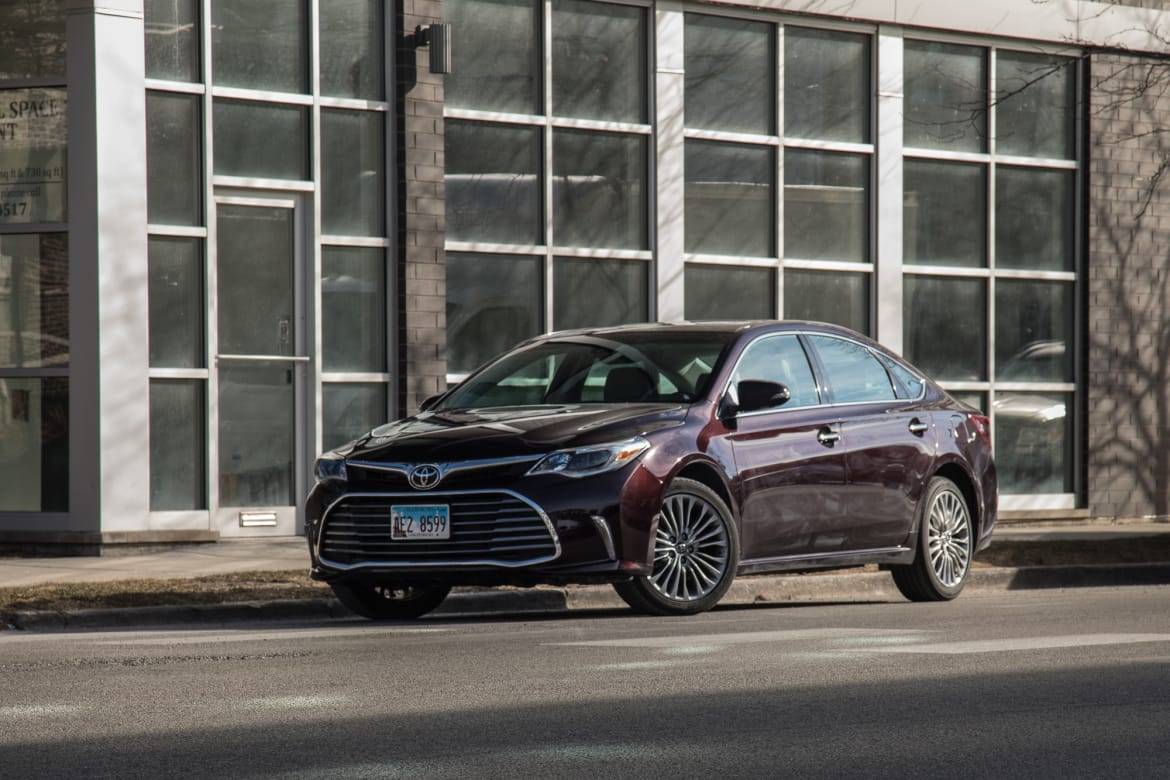
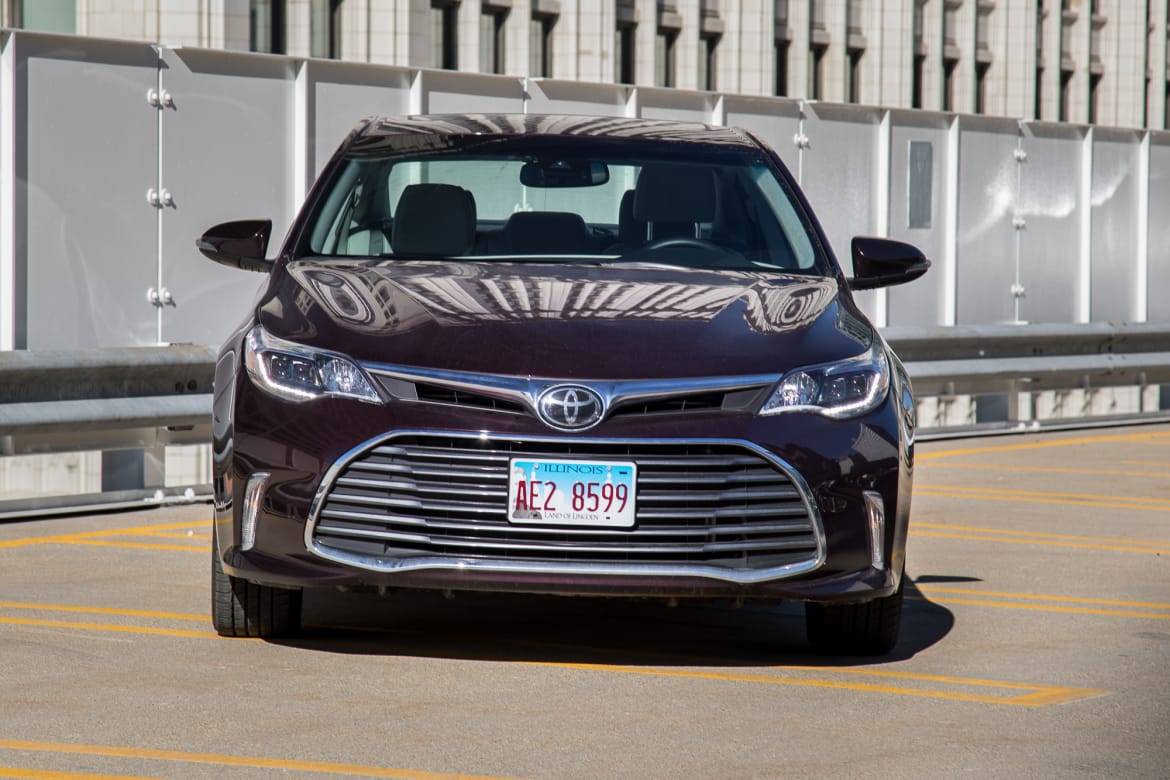
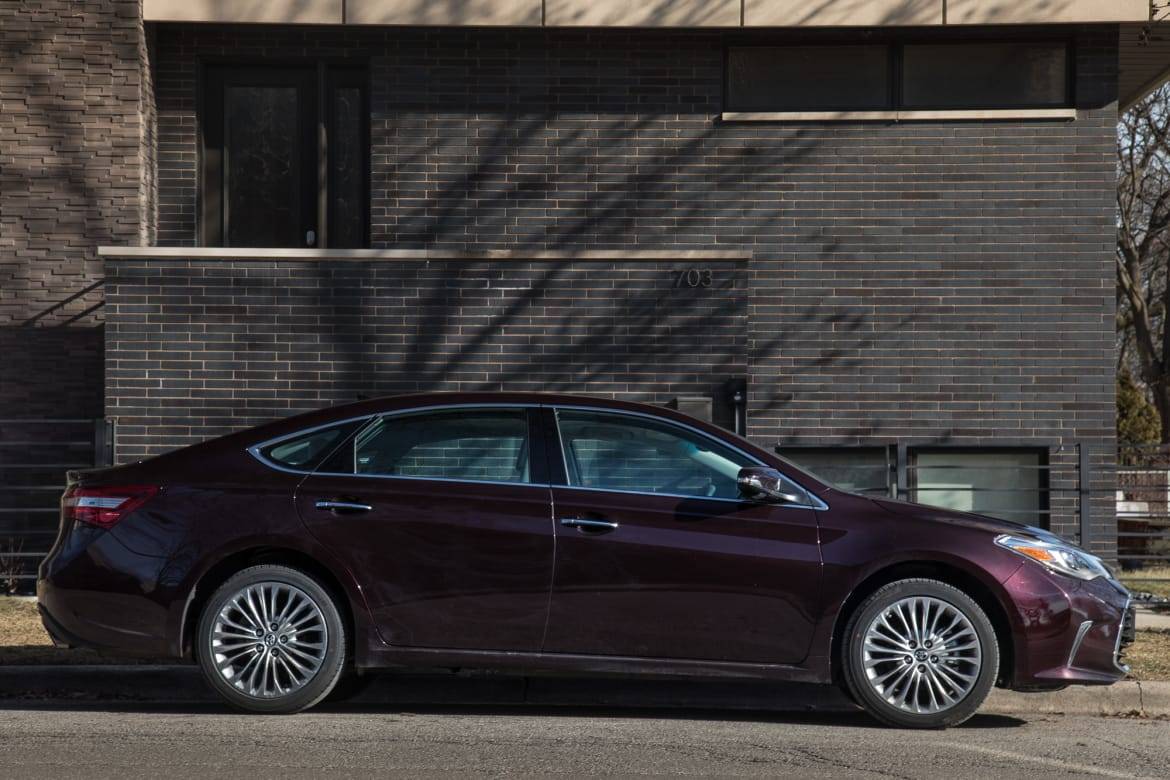
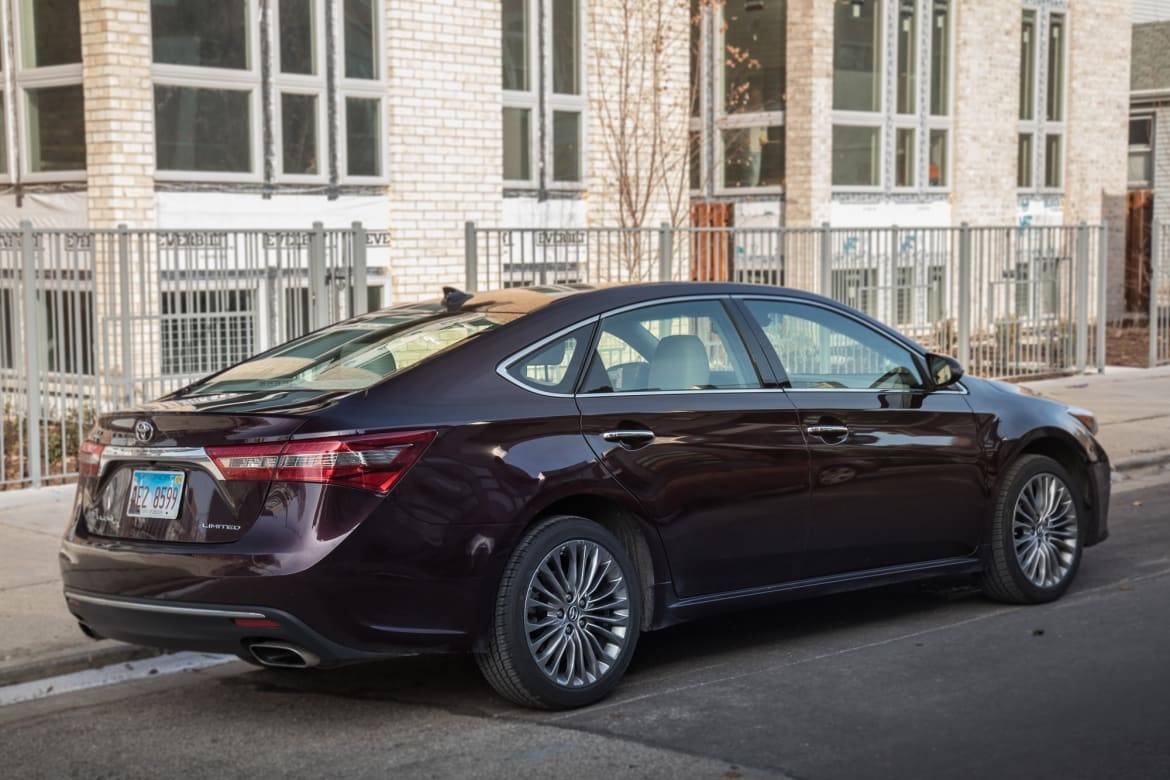
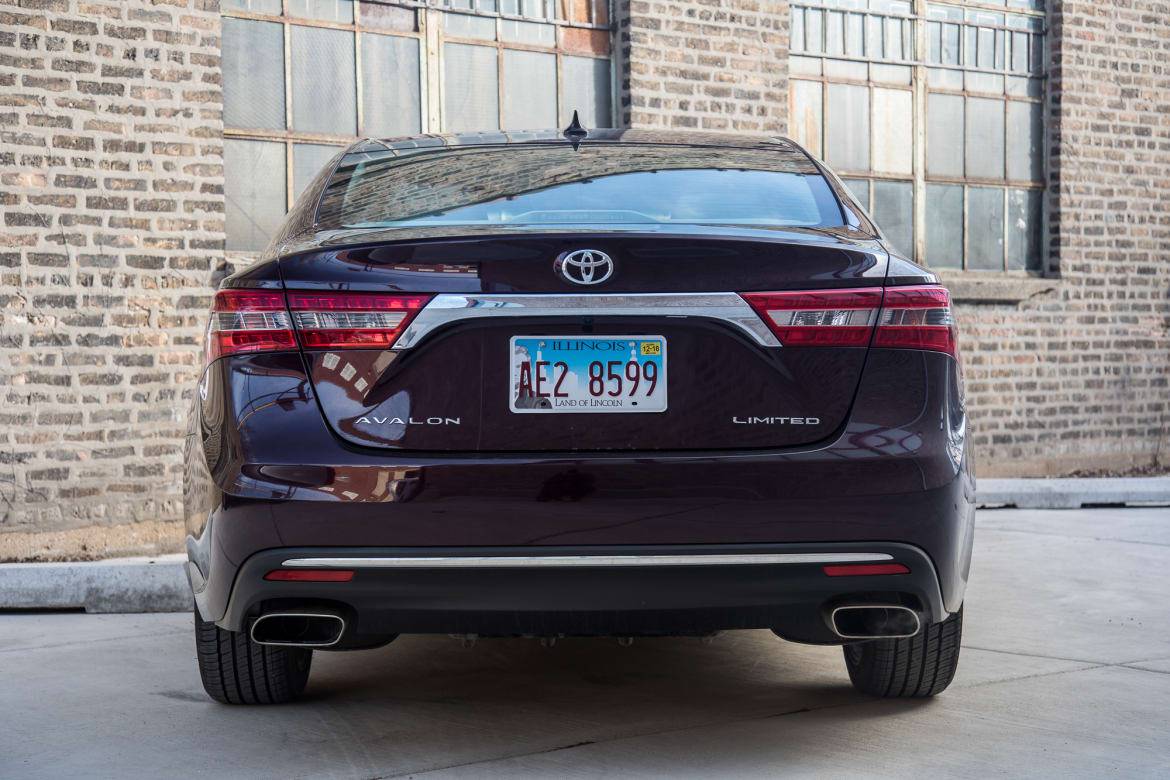

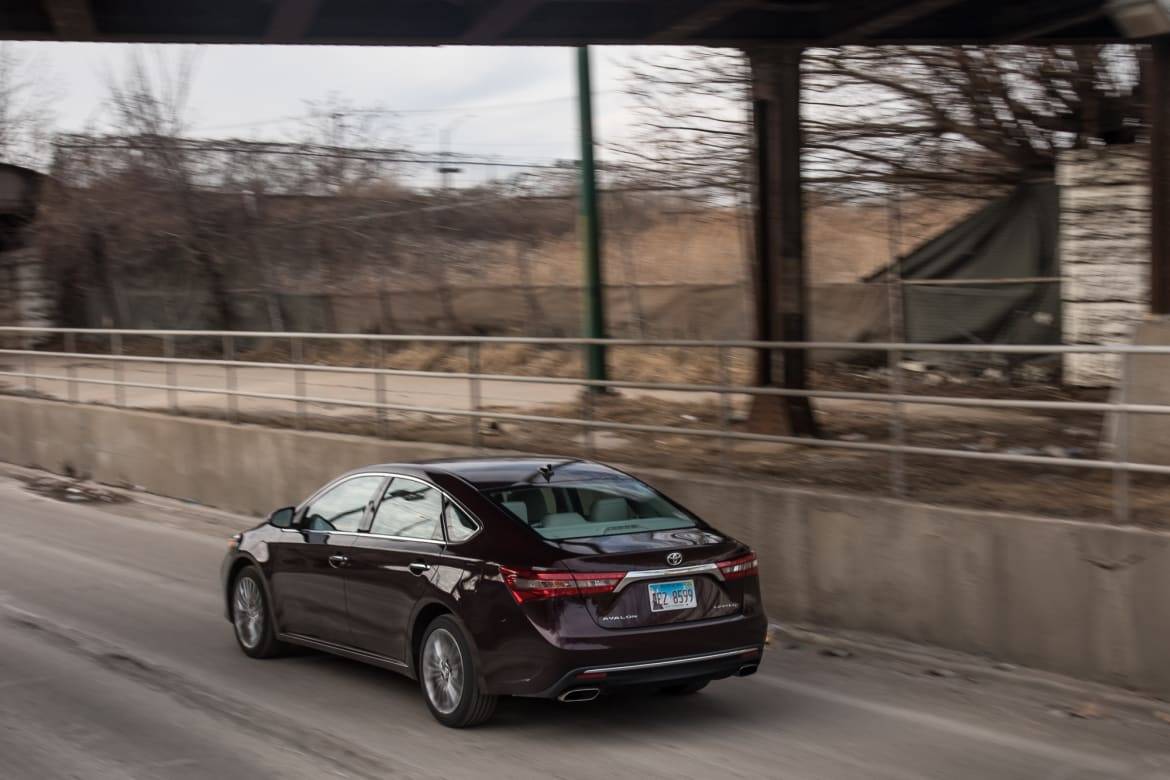
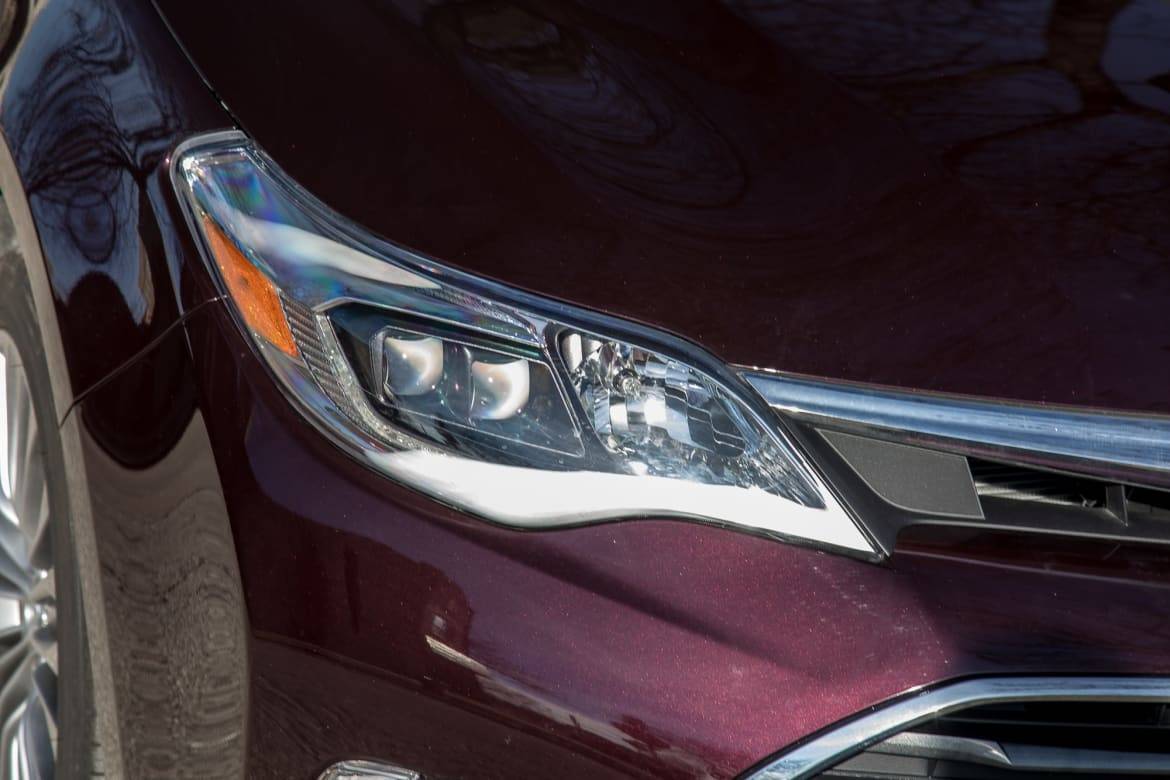
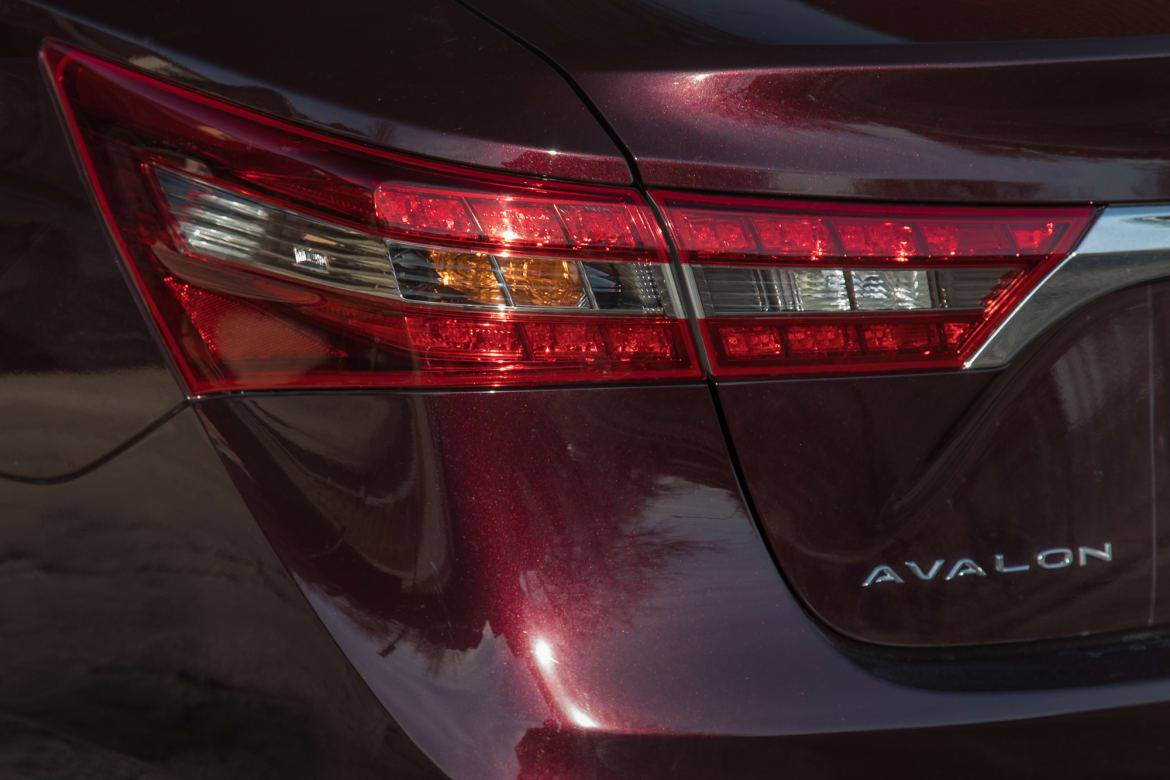
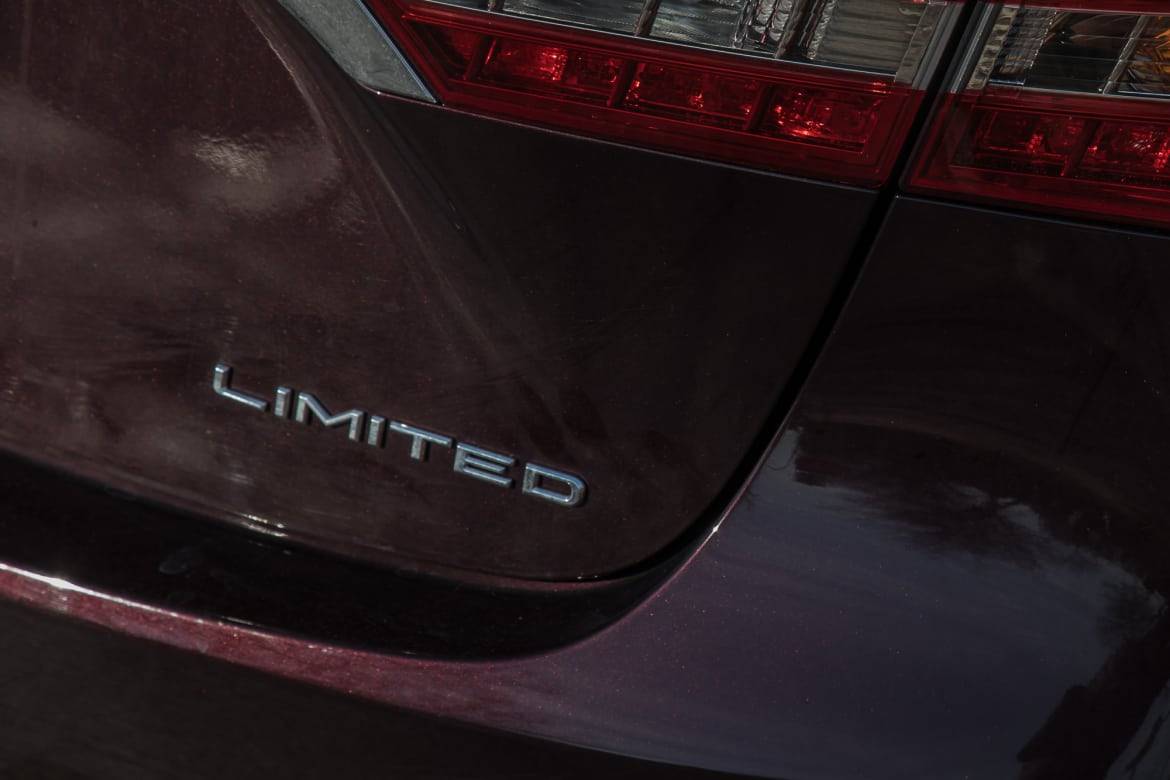

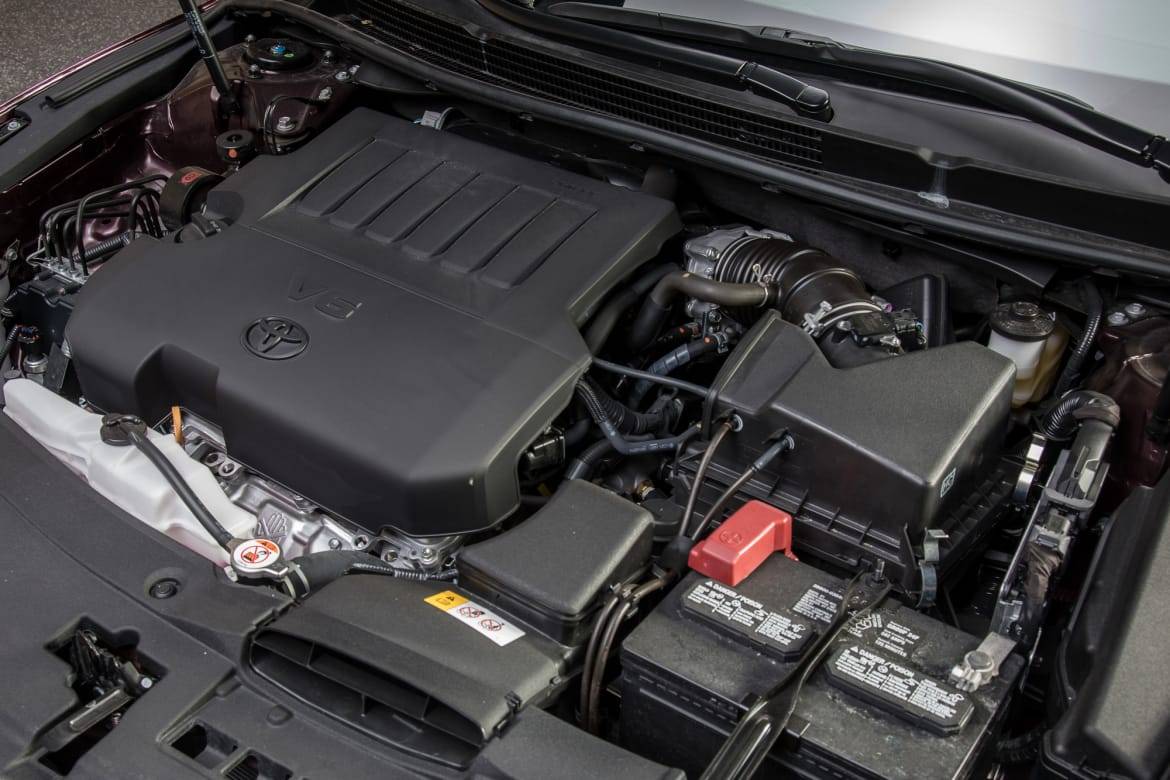
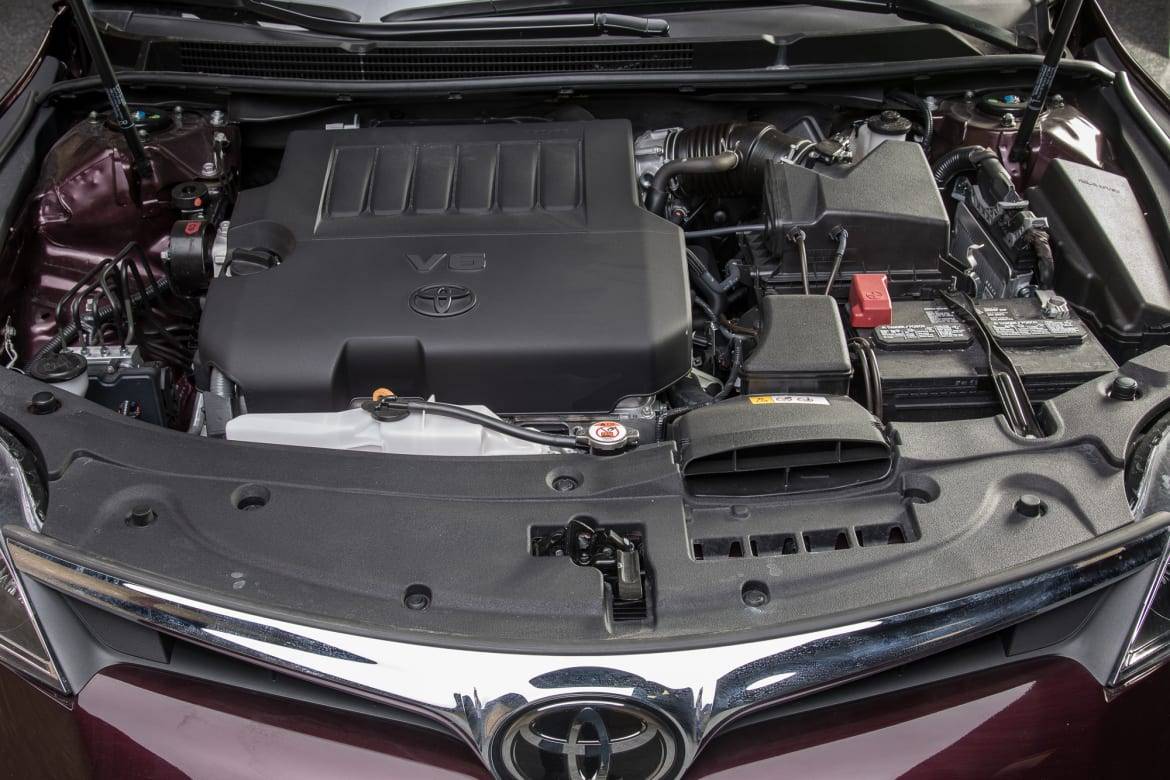
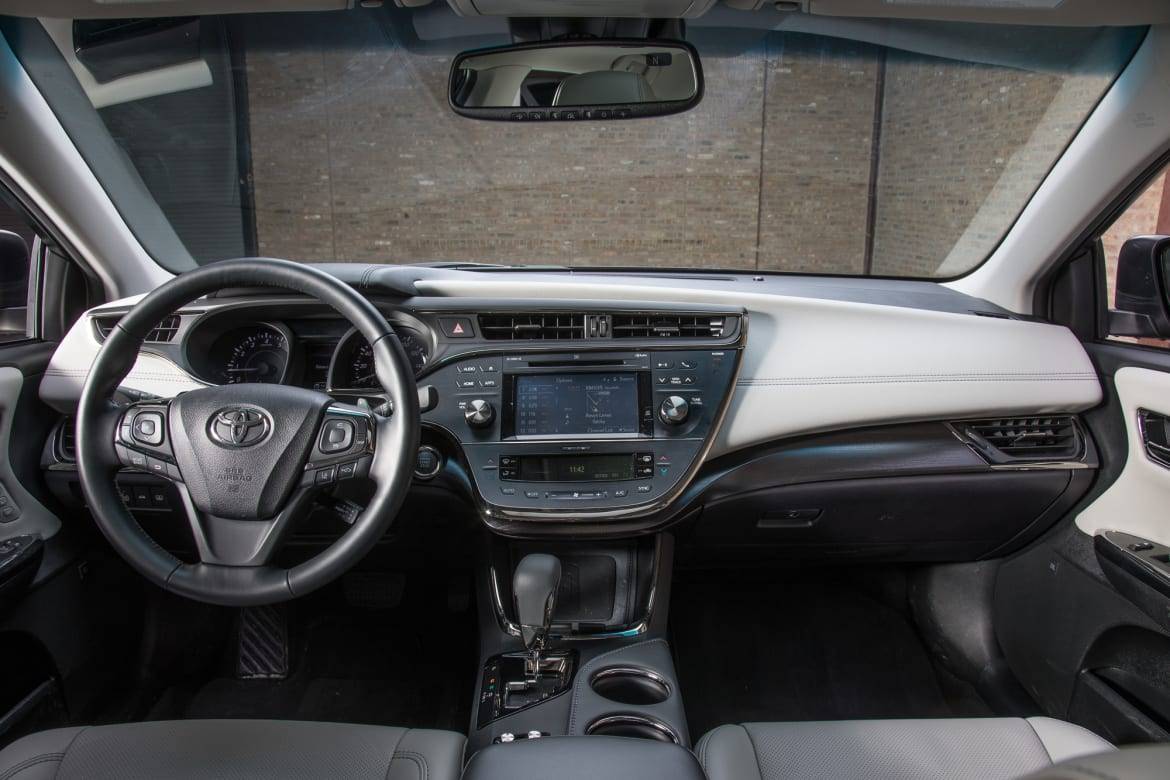
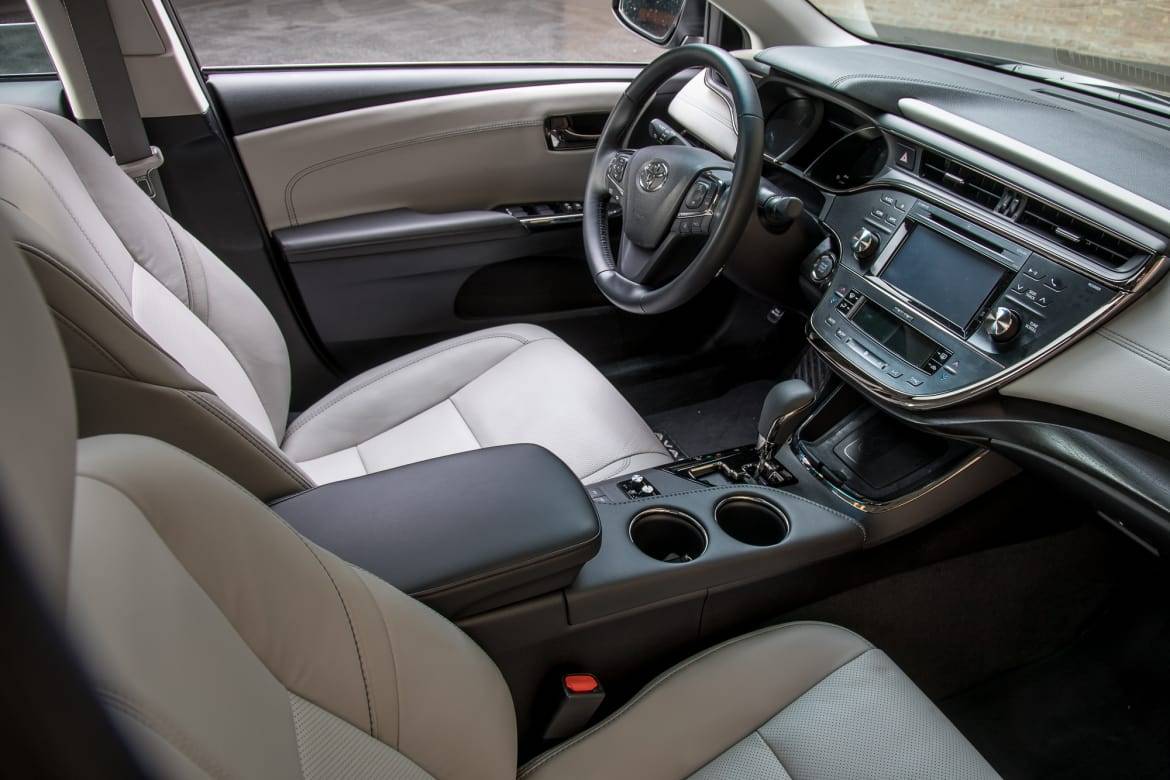
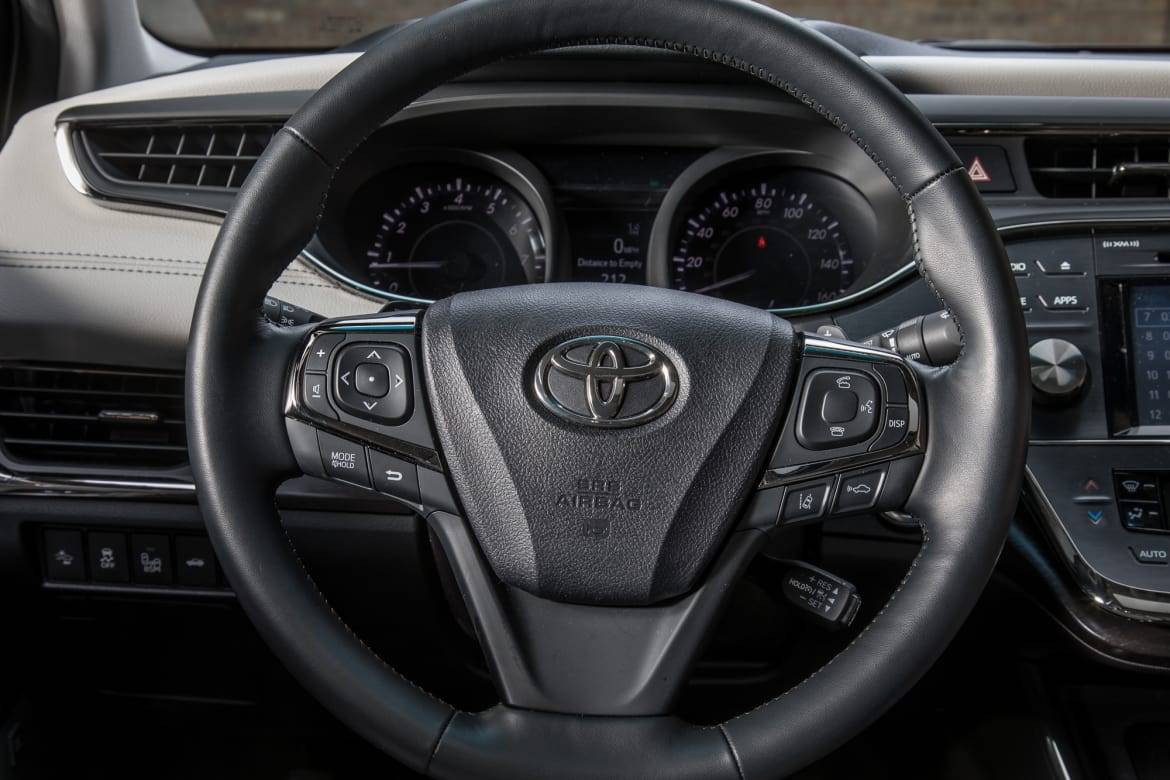
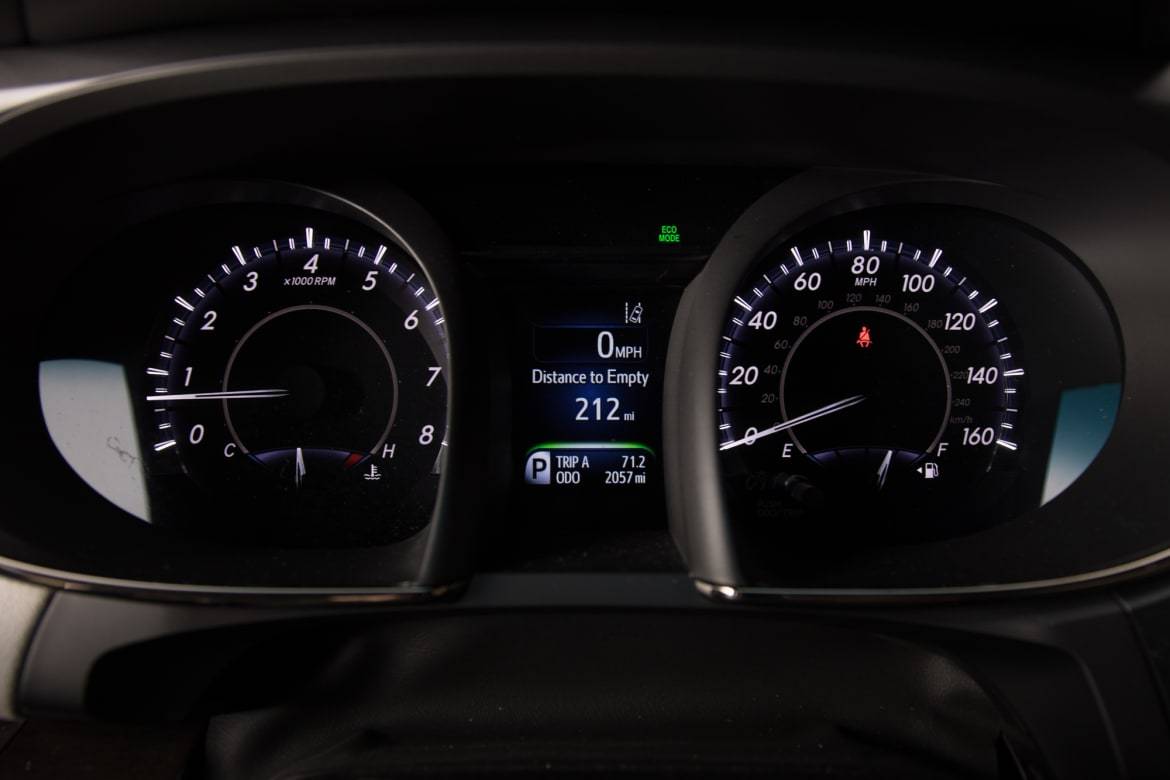
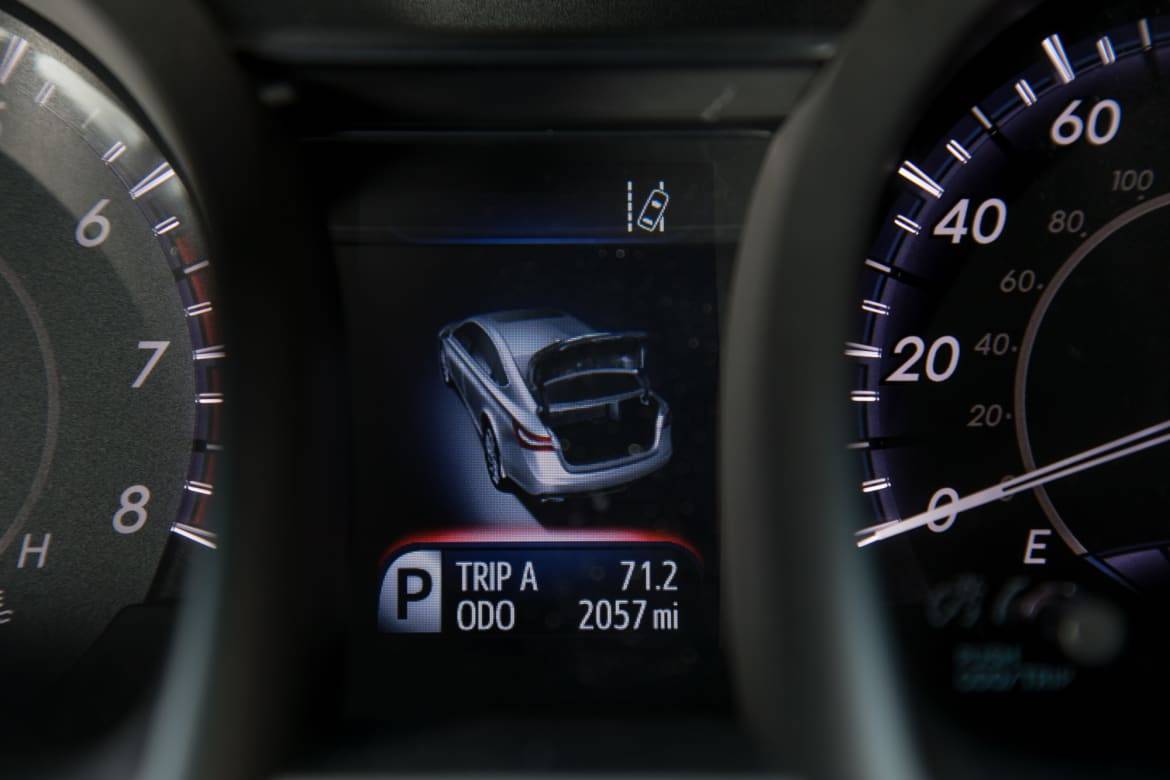
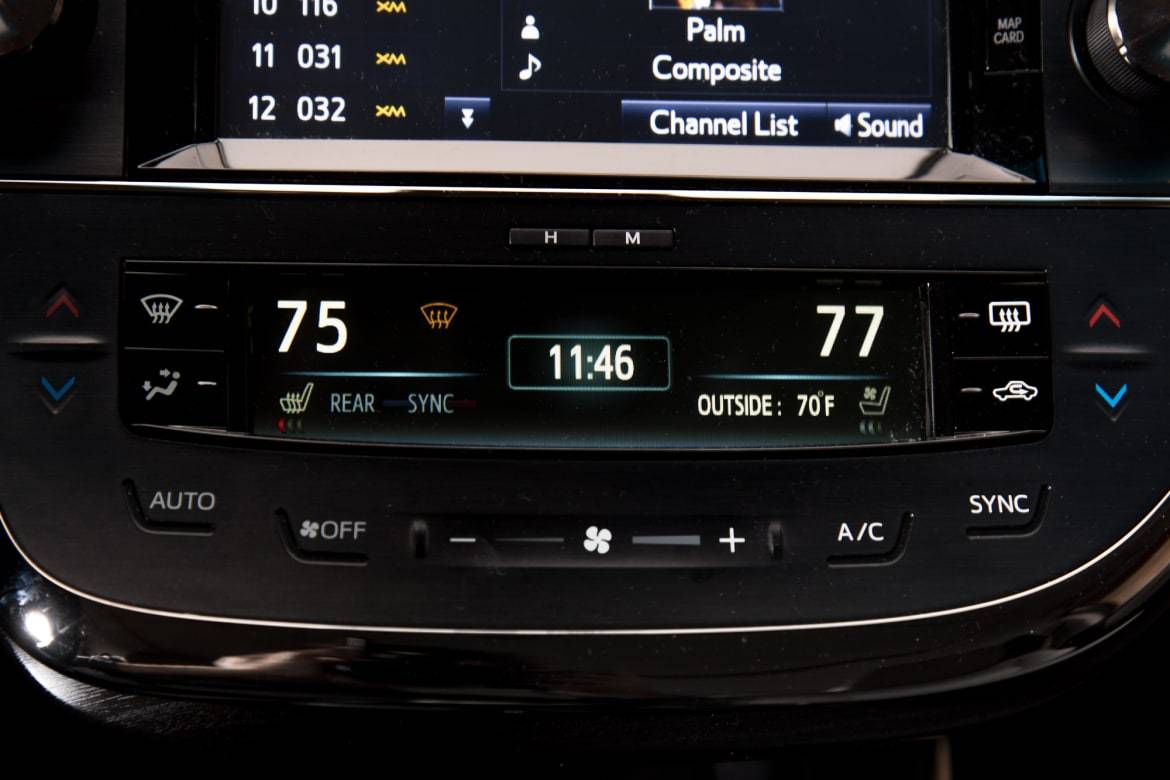
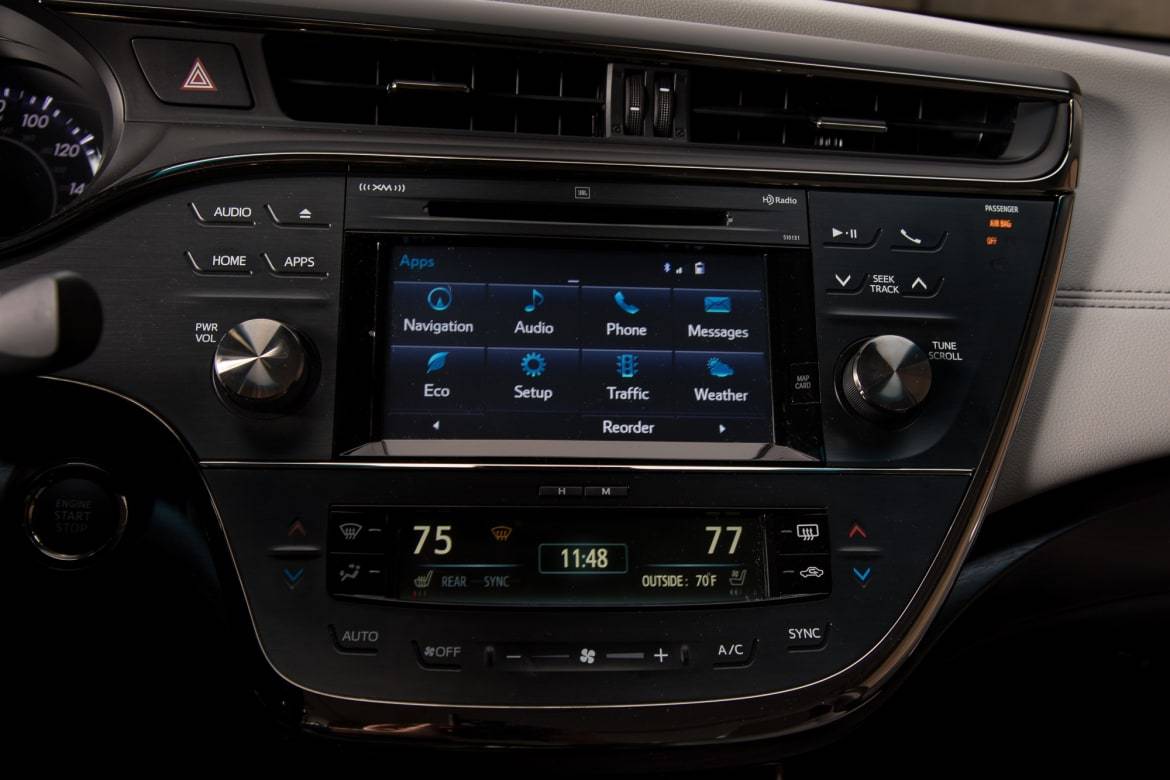
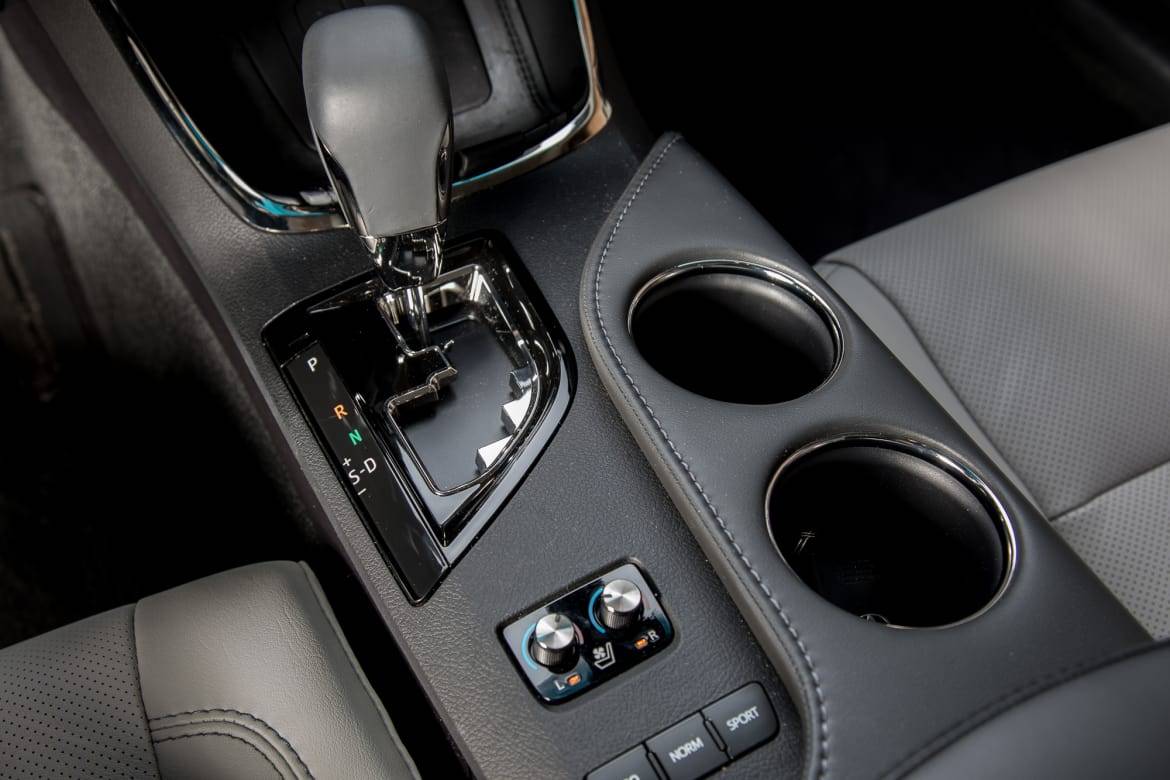
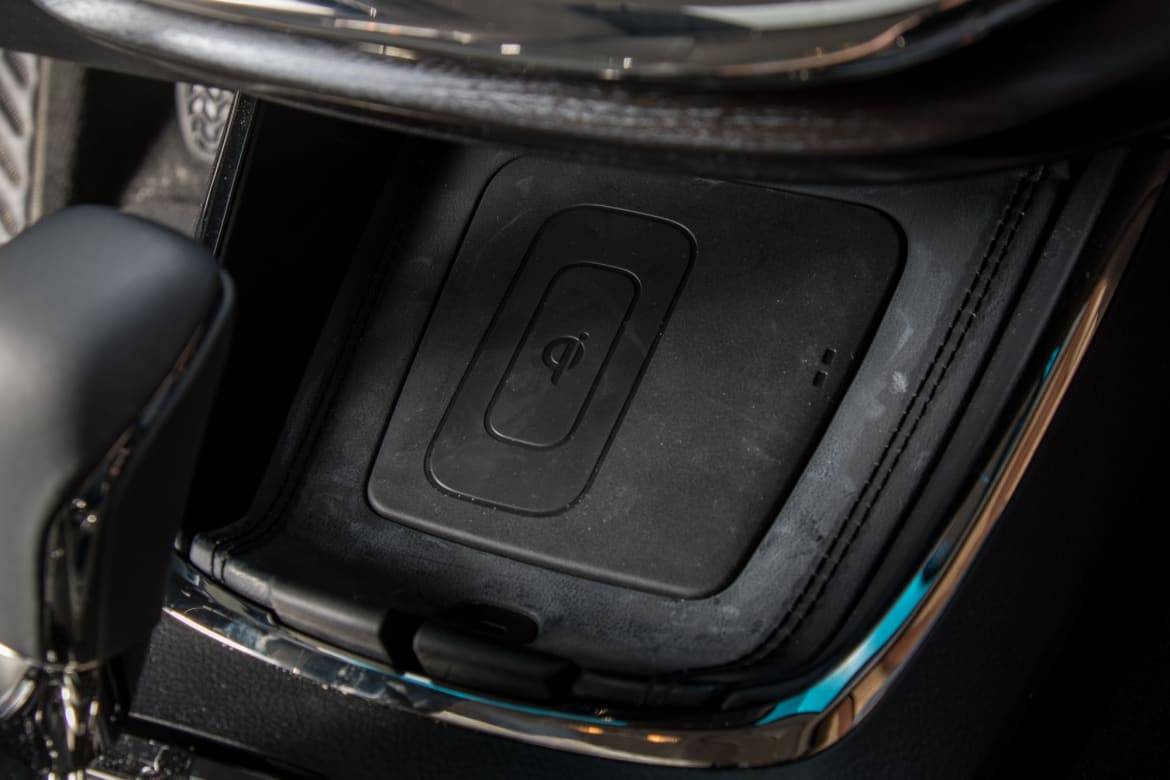
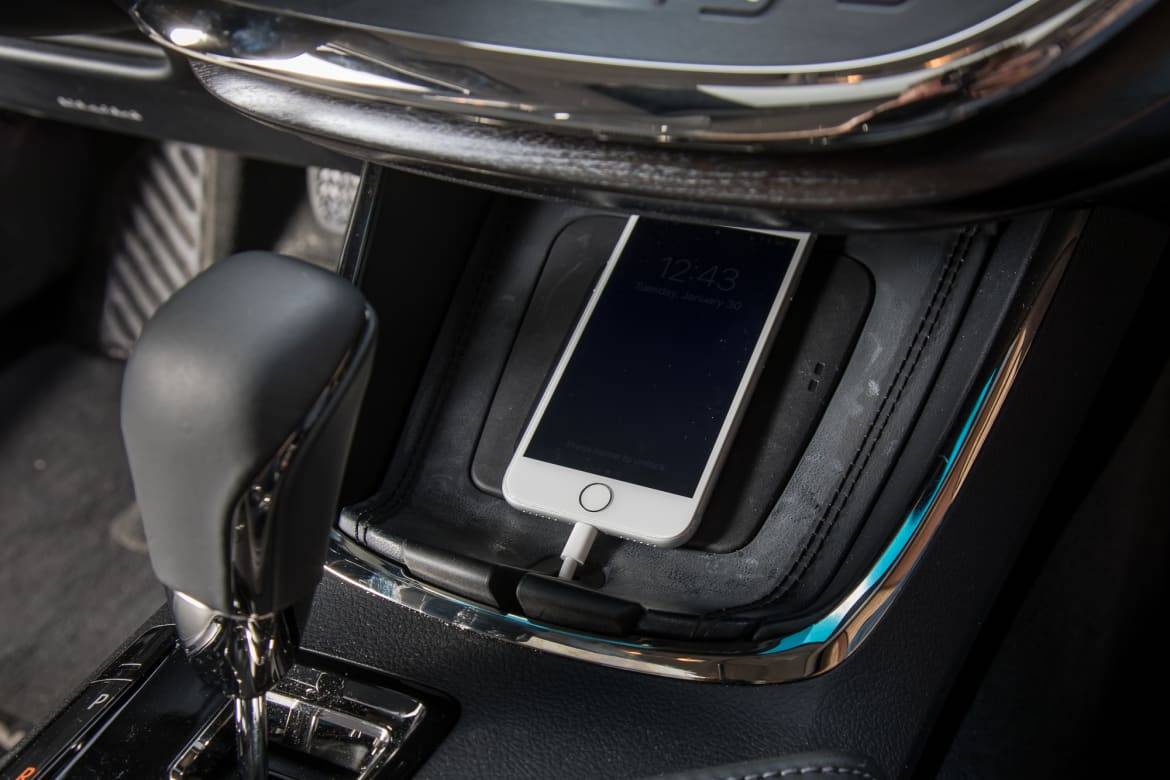

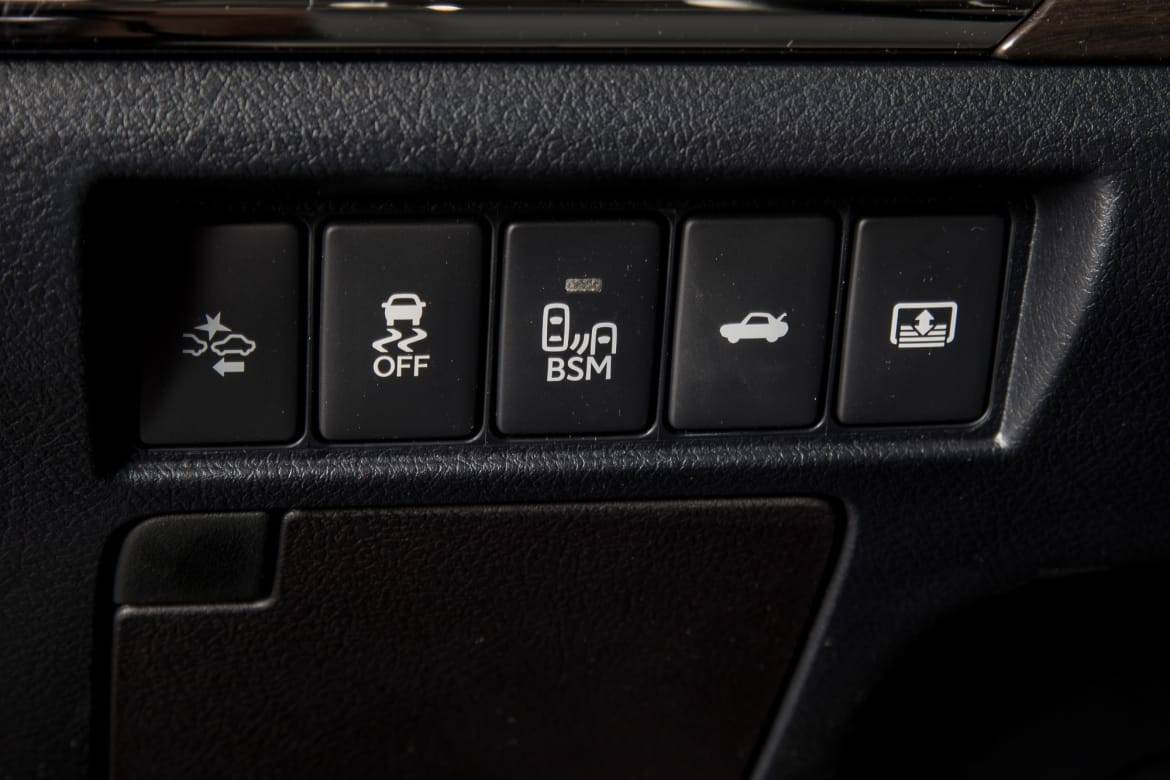
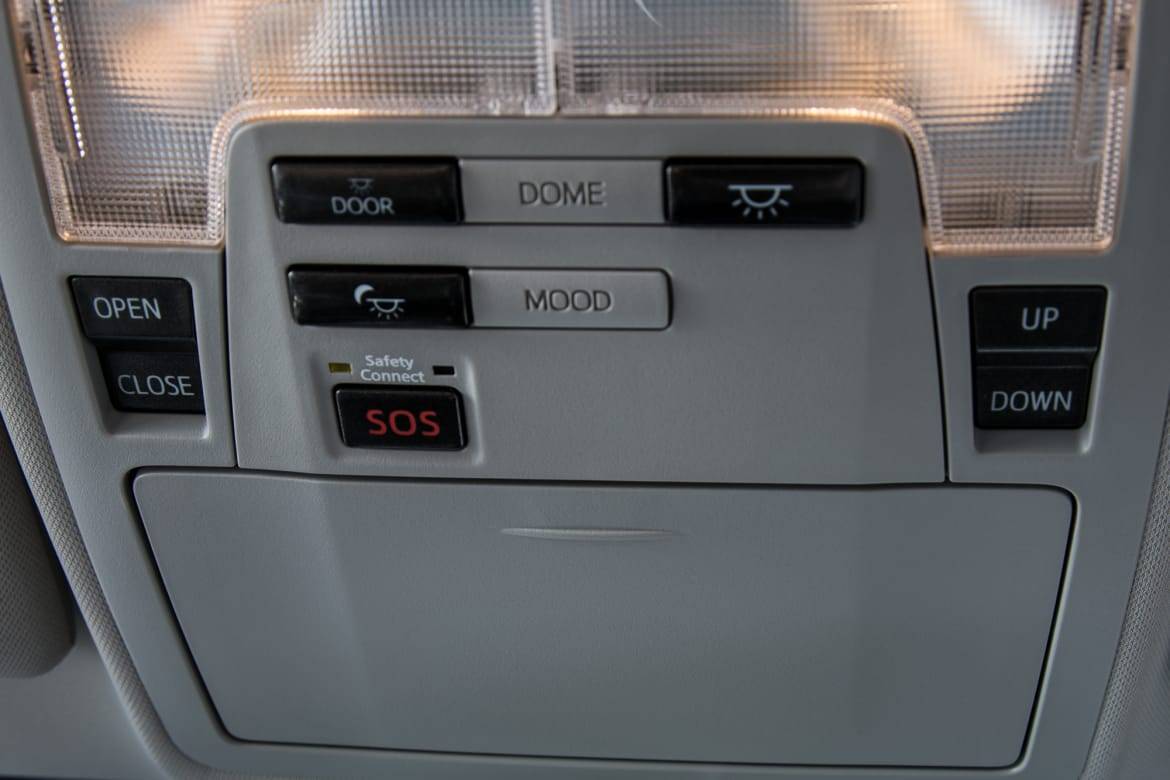
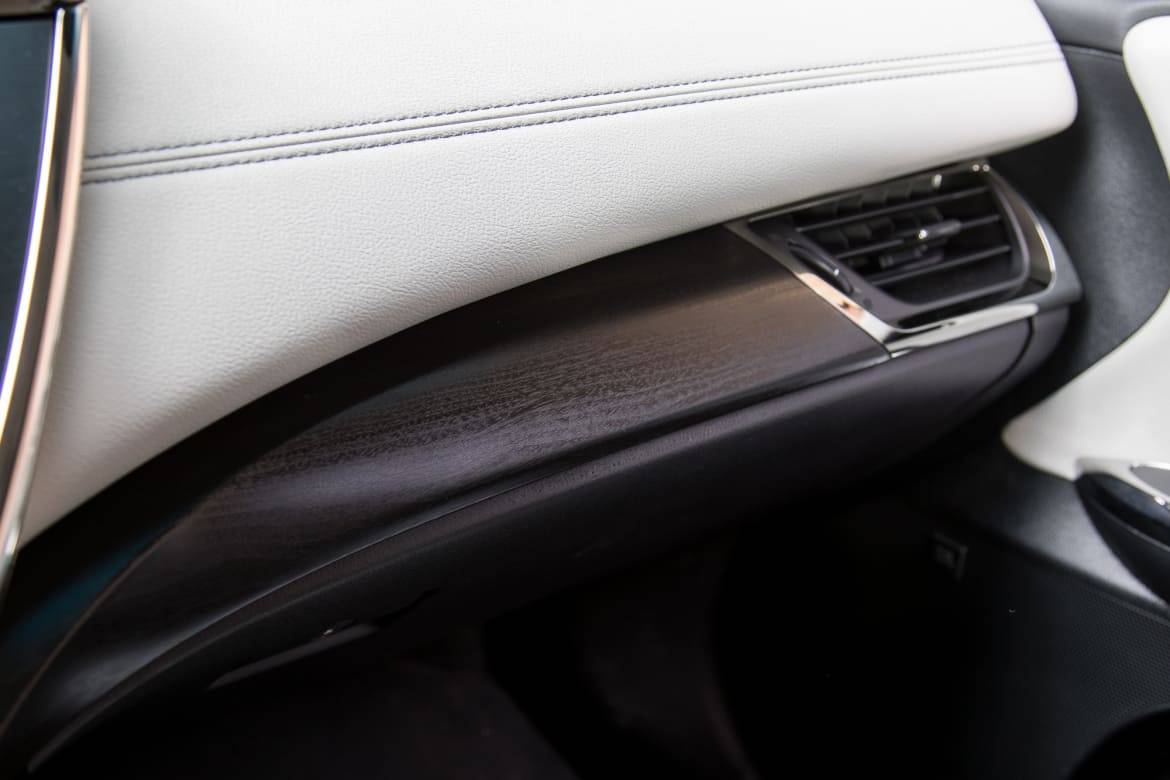
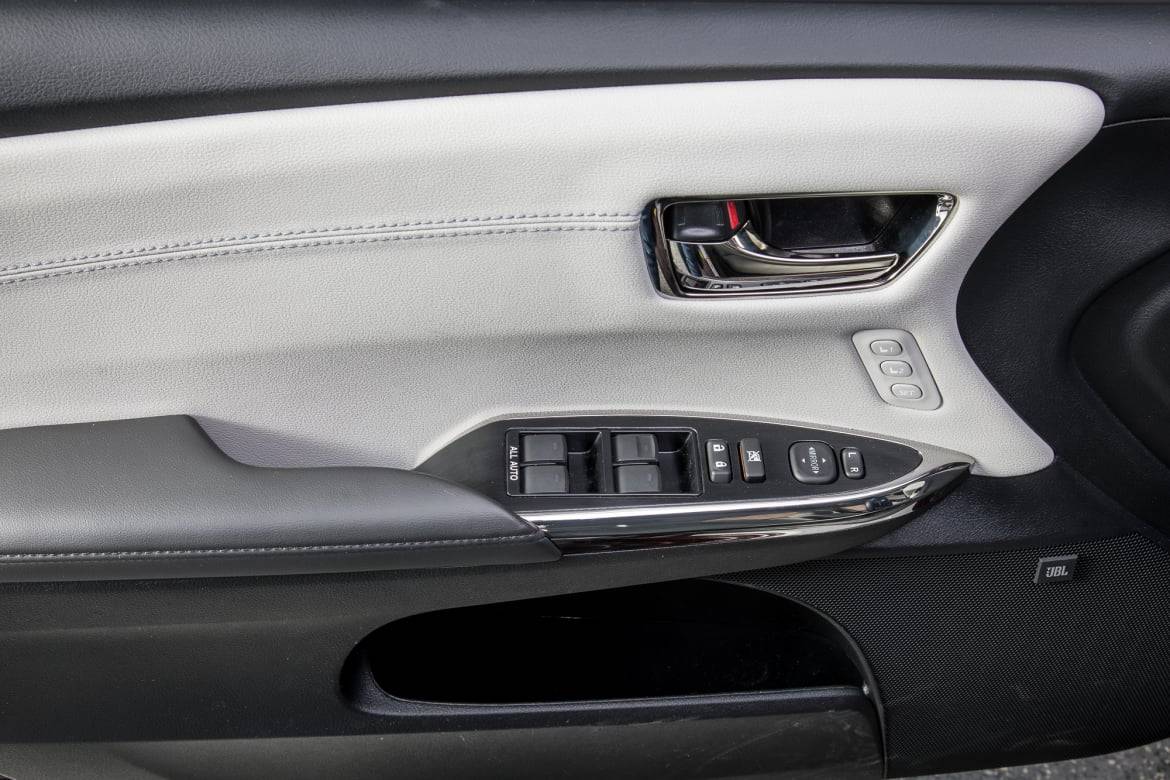


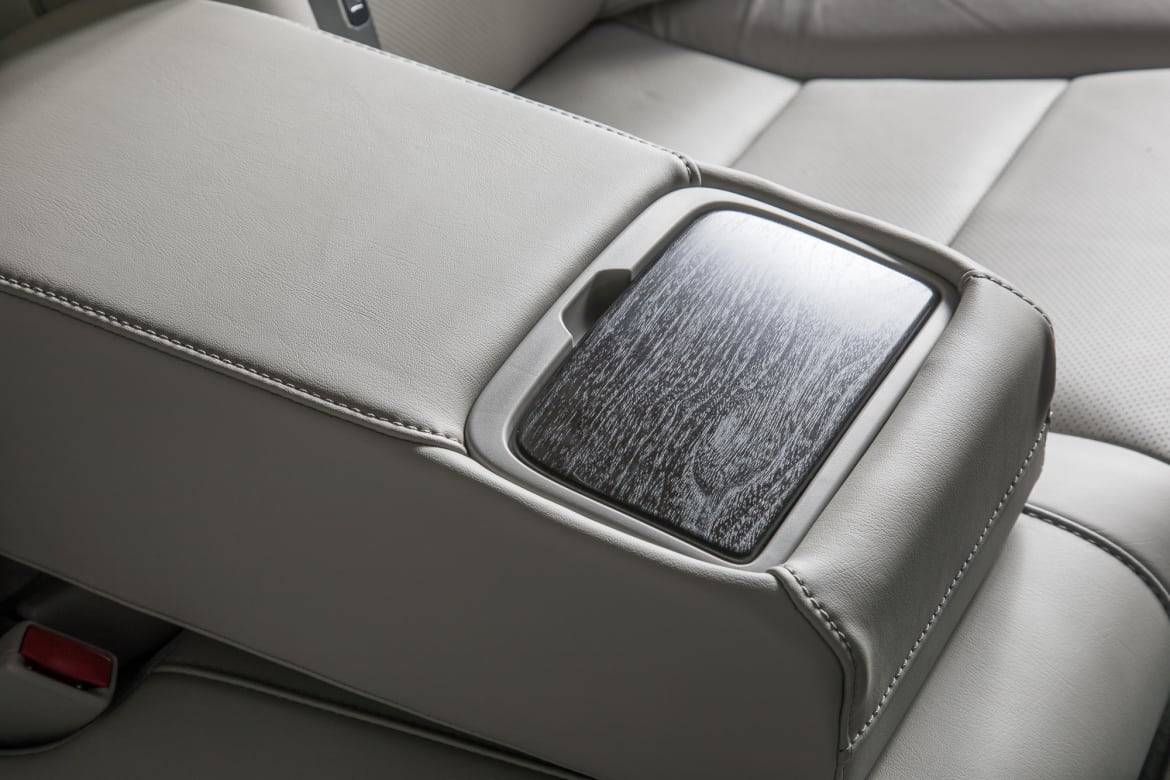
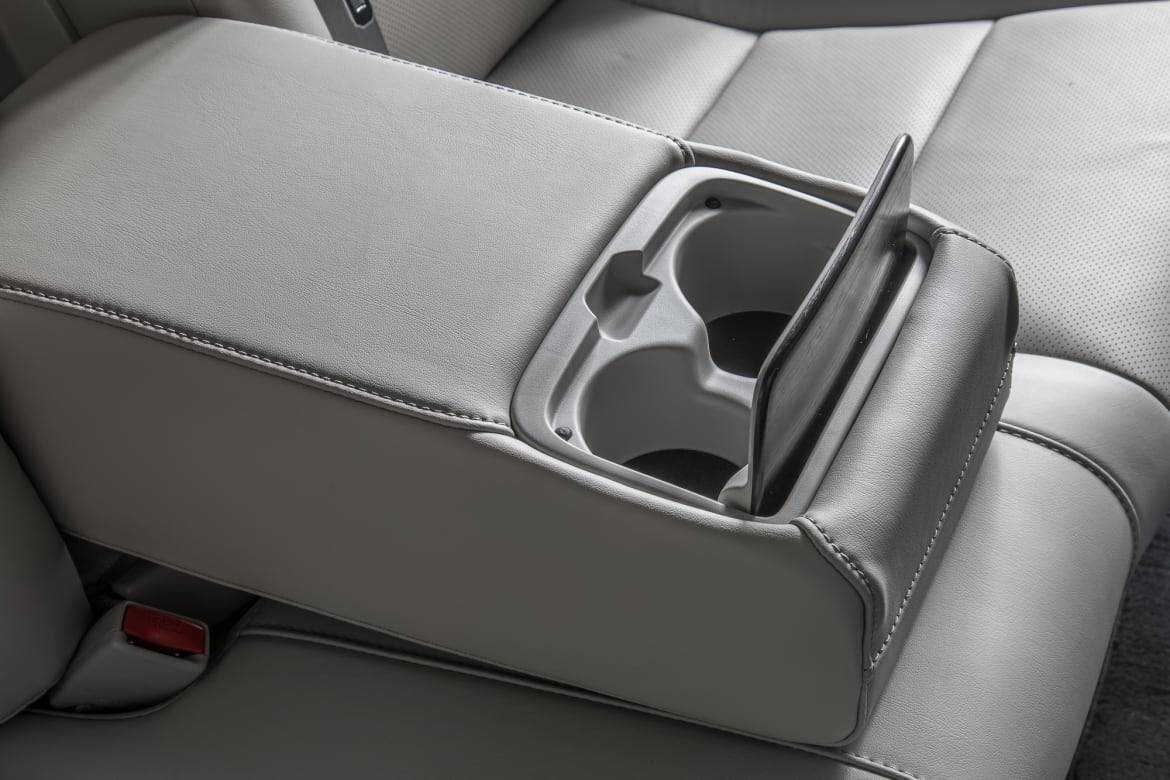
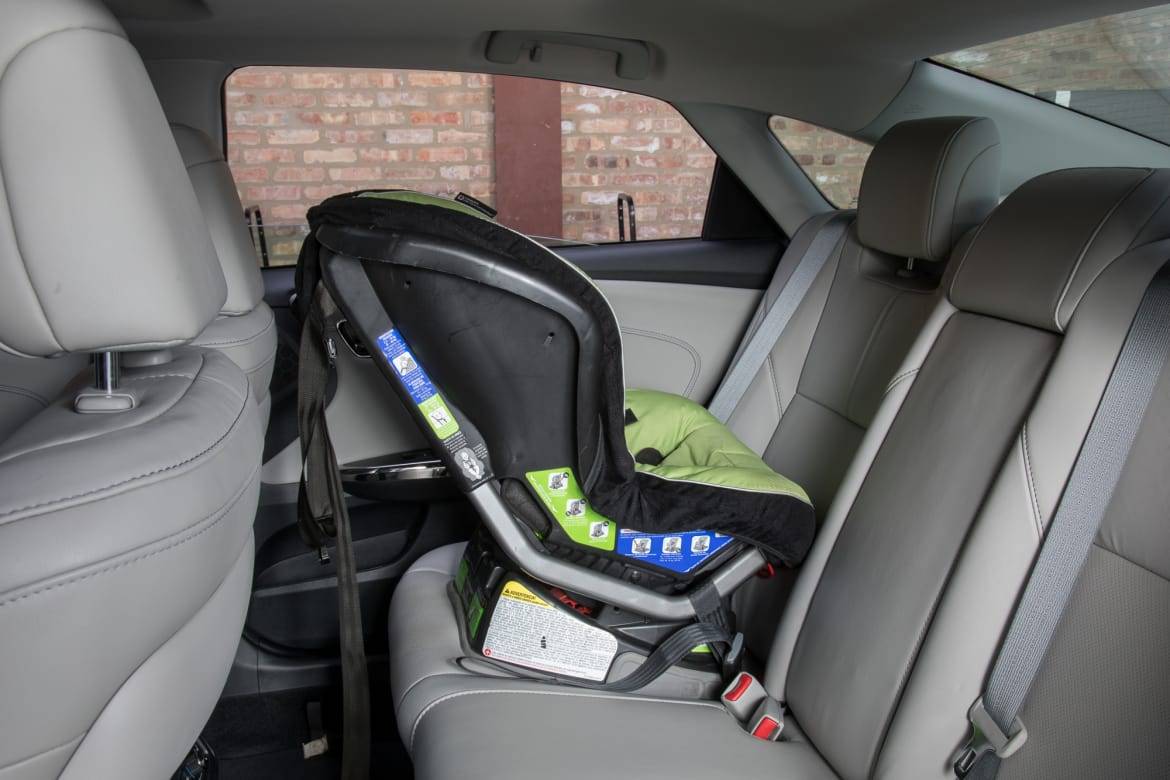
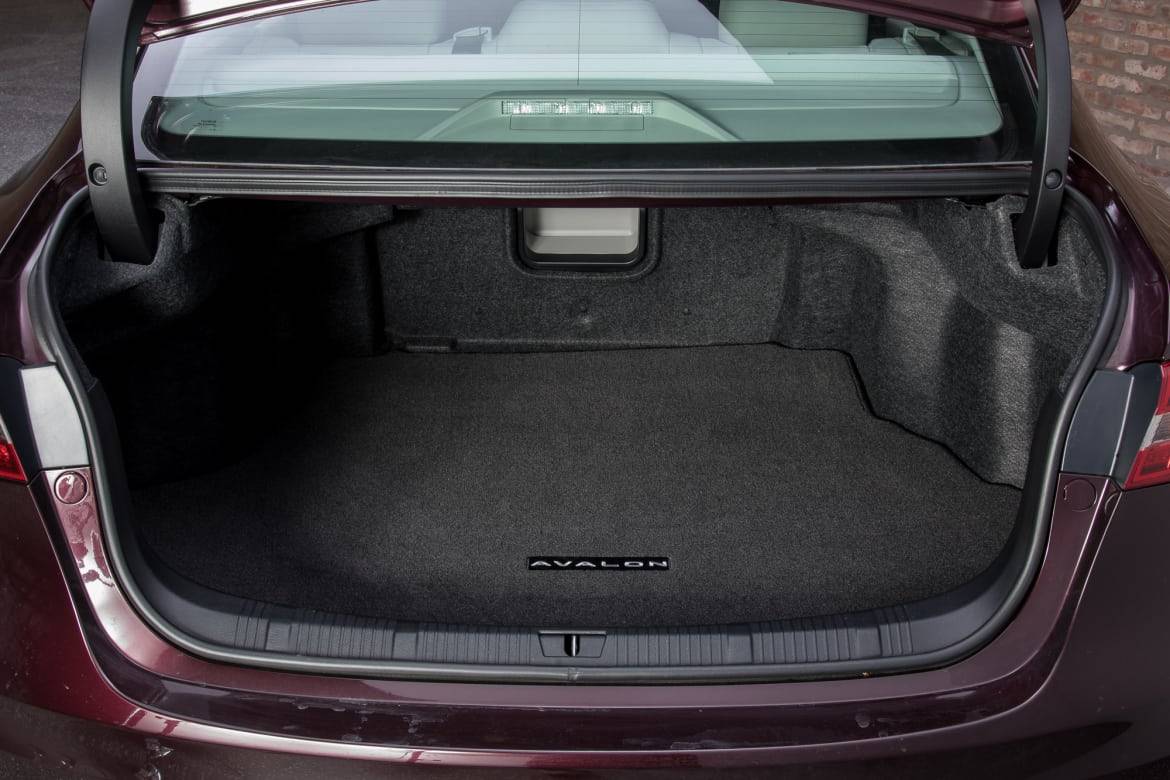




































Toyota last updated its largest sedan for 2016, then added more standard safety features in 2017. For 2018, the Avalon carries over unchanged, but it’s being redesigned as an all-new 2019 model. That one will go on sale within a few months with a bold new look, a more modern multimedia system and a fresh cabin design. Trim levels on the 2018 model are: Toyota Avalon XLE, Toyota Avalon XLE Plus, Toyota XLE Premium, Toyota Avalon Touring and the Toyota Avalon Limited. For this year, the 2017 XLE Touring is simply the Avalon Touring.
A step up in size from the midsize Camry, the Avalon competes against other big sedans like the Ford Taurus, Volkswagen Passat and Chevrolet Impala. See them compared.
Smooth Cruiser
Large cars aren’t exciting or agile, and while the Toyota Avalon is predictably neither, it is composed in road manners and confident in power. The standard 268-horsepower, 3.5-liter V-6 and six-speed automatic transmission are a solid match, providing smooth, no-drama acceleration in the city and on the highway; it even felt quick at times. An Avalon hybrid model, which pairs a 2.5-liter four-cylinder engine and an electric motor for a total of 156 hp, is also available.
The Avalon is EPA-rated at 21/30/24 mpg city/highway/combined, ahead of base V-6 versions of the Taurus (18/27/21), Impala (19/28/22) and Passat (19/28/22). An Eco mode benefits fuel economy and dulls accelerator responsiveness, but not annoyingly so. Sport mode peps it up, though not enough to move the fun needle.
As a smallish person, driving a big vehicle can feel like a chore, but the Avalon is more maneuverable than its long length suggests. Overall, its road manners are suited for the long haul thanks to comfortably weighted, natural-feeling steering and decent bump absorption; its engine and road noise are also suitably hushed.
Room for Improvement
The cabin both delights and annoys. The leather upholstery and other surfaces with contrast stitching got me — everything looks and feels high-quality. The seats themselves are supportive and comfortable, and there’s ample padding in many places, like the center armrest.
The rest of it needs work. The woodgrain trim looks as phony as it is, and some areas lack sufficient padding, like the door armrests. I’m not too keen on the cabin’s layered design, either; it’s busy, with too many shapes, patterns and materials competing for eyeballs. The 2019 model looks to have a less cluttered, more streamlined interior design.
The lack of continuity carries over to the multimedia system, too. The control panel looks like the inside of my head after grad school orientation; all the working pieces are there, but they need to be better corralled and displayed to make cohesive sense. The controls are oddly mismatched and a lot to take in, both visually and tangibly. It’s a strange concoction of physical buttons, touch-sensitive panels and a standard 7-inch touchscreen.
For 2019, Toyota went back to the high-tech drawing board with the multimedia system. Overall, it has a cleaner, more minimalistic design with a larger touchscreen that appears to float in front of the dashboard. Bonus: The 9-inch screen is flanked by mechanical buttons and rotary knobs.
In the 2018 model, once you figure out what type of doohickey controls which function, using the multimedia system for audio and navigation is easy thanks to a no-nonsense menu structure and responsive touchscreen. Changing the audio presets and inputting navigation destinations, for example, took just seconds.
The 2018 system still annoys in a few ways, however. First, Android Auto and Apple CarPlay are unavailable. Toyota has been among the few automotive holdouts when it comes to these smartphone connectivity systems. Thankfully, this is another problem partially remedied going forward, as CarPlay is standard on the 2019 Toyota Avalon — though Android users like myself will still be out of luck. Also new for 2019 is Amazon Alexa-enabled device connectivity, which allows users to lock and unlock doors, remote start the engine or check fuel levels from any Alexa-enabled device.
Second, the dual-zone climate controls below the 2018’s multimedia screen are a failure, especially if you’re wearing gloves. The touch-sensitive panels that control fan speed and temperature settings are not very responsive, often requiring two or three touches to activate, and they don’t work at all with gloves on. It’s clear why the 2019 reverts to conventional push buttons.
Below the climate controls is a small storage space covered by a sliding tray that doubles as a wireless charging pad; it’s standard on mid-level and top trims. To activate it, press the wireless charger switch and place your compatible mobile device on the tray. An amber light means charging is in progress; a green one means charging is complete. It’s a neat feature, but my smartphone wasn’t compatible. One editor who tried it with two compatible phones said larger modern phones are too big to settle into the tray and activate charging.
Big Backseat, Small Trunk
Rear-seat headroom and legroom are competitive, and two adults fit easily and comfortably on the wide, bolstered backseat. There’s seating for three passengers back there, but the middle spot is narrow. In our Car Seat Check, two child-safety seats also fit in back, and three seats might fit if yours are narrower than ours. (The Taurus fits three car seats more comfortably thanks to its flatter, less bolstered backseat cushions.)
Rear passengers can also be treated to a bevy of creature comforts, such as heated leather seats, climate controls of their own and a power rear window sunshade, all of which are standard on the top Limited trim.
I fit a full grocery run for my family of five with room to spare in the trunk, but competitors do offer more space. The Toyota Avalon’s trunk has 16.0 cubic feet of volume, less than the Impala (18.8) and the Taurus (20.1); the Passat comes in with a similar 15.9 cubic feet of space. What’s disappointing is that the Avalon’s seats don’t fold for more storage space, unlike all three competitors’ rear seats.
The Toyota Avalon does better in terms of small-items storage, however. The center console storage box is deep and has a flexible divider to organize the space. Hidden under the wireless charging tray is a wide storage cubby with an auxiliary audio input, USB port and 12-volt outlet.
Safety
The 2018 Toyota Avalon earned top crash-test scores from the Insurance Institute for Highway Safety and a five-star overall crash-test rating from the National Highway Traffic Safety Administration.
The Toyota Avalon’s safety features impress. The Toyota Safety Sense P suite of safety systems is standard on all trim levels. It includes forward collision warning with pedestrian detection and automatic emergency braking, lane departure warning and prevention, automatic high-beam headlights and adaptive cruise control. A blind spot monitoring and rear cross-traffic alert system are standard on all but the lowest two trims.
Value
The front-wheel-drive Toyota Avalon offers an appealing list of standard features, like the aforementioned safety features, leather upholstery and heated front seats, but its price still seems high. It starts at $34,395, well above a base Impala ($28,770) or Passat ($23,845) — both of which come standard with four-cylinder engines — and even above a Taurus ($28,470), which comes with a V-6; all prices include destination. In uplevel Limited trim, the Avalon is even more expensive than the base version of its luxury sedan counterpart, the Lexus ES 350.
When you add it all up, it’s tough to make a case for the 2018 Toyota Avalon, but next year’s model looks promising — and next year is almost here.
Cars.com’s Editorial department is your source for automotive news and reviews. In line with Cars.com’s long-standing ethics policy, editors and reviewers don’t accept gifts or free trips from automakers. The Editorial department is independent of Cars.com’s advertising, sales and sponsored content departments.

News Editor Jennifer Geiger joined the automotive industry in 2003, much to the delight of her Corvette-obsessed dad. Jennifer is an expert reviewer, certified car-seat technician and mom of three. She wears a lot of hats — many of them while driving a minivan.
Latest news
